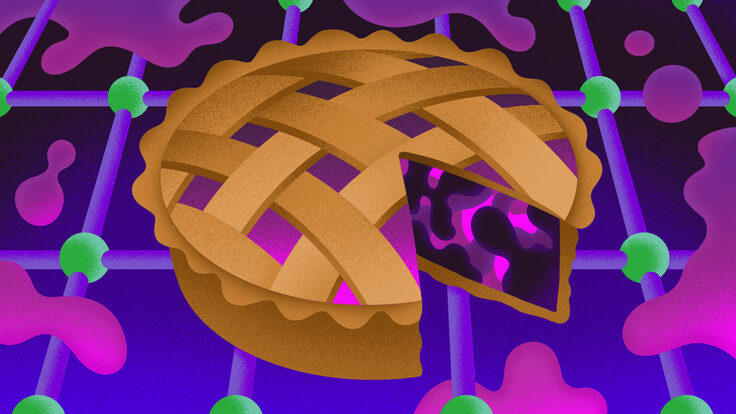
The Axion-Like Particle Search experiment at DESY in Hamburg, Germany, published its results showing no signs of exotic particles passing, like magic, through a wall, but it does place the tightest constraints yet on a type of particle predicted by various theories.
The Axion-Like Particle Search, or ALPS, came, saw nothing and conquered anyway. The “light through the wall” experiment, looking for very light particles in so far unenlightened realms of our world has now published its results. So did they find axions or similar light particles? Unfortunately not.
“But we have the most sensitive experiment in this field and we were able to considerably extend the exclusion limits for such particles,” explains ALPS spokesman Axel Lindner. He is particularly pleased that after a development period of two years the experiment was able to make measurements with much higher precision than expected. The group, made up of scientists from Deutsches Elektronen-Synchrotron, the Albert Einstein Institute and the Laser Zentrum in Hanover, and the Hamburger Sternwarte, wanted to find photons that transform into hidden light particles in the magnetic field of a superconducting magnet from DESY's past HERA facility.
For this purpose, they sent green laser light back and forth in a so-called optical cavity in the front part of the magnet. Had any hidden particles emerged they would have traversed the wall in the middle of the magnet and would have transformed back into light in the second half of the magnet. However, there was only darkness during the complete 36 hours of data taking.
Nevertheless, Lindner remains confident and plans the continuation of ALPS. “There are many hints for axion-like particles in many sectors of physics,” he explains. “We only have to measure with more precision.” According to theorists’ calculations, it is necessary to look about 10,000 times more precisely to detect these particles. In order to do that the complete experiment has to be refurbished and equipped with a stronger laser, more magnets, and a more sensitive detector.
The follow-up experiment ALPS II will be equipped with an infrared laser beam instead of a green one, with at least 150 times more power, and with the advantage that the optical cavity will be built with custom-tested components. A second cavity in the rear part will enhance the probability of a conversion of the hidden particles back to light. Two LHC dipoles or four HERA proton magnets, for example, could be used as magnets for ALPS II. In comparison to the single magnets currently in use, there is the advantage of building part of the cavities’ mirror system between the magnets, which makes them more accessible and adjustable.
For measuring the light at the end of the magnet a superconducting detector could be installed which would also improve the measuring sensitivity by a factor of 100. A possible site is also available for the installation of the experiment: the X-ray Free Electron Laser, or XFEL, mock-up tunnel, which will be become available in 2013 at the latest.
In about one year, the ALPS collaboration will have completed the Technical Design Report for ALPS II. And when Lindner is talking of “his” experiment, you won’t doubt for a second that this is going to happen.
ALPS and the light particles
The “light-through-the-wall” experiment is seeking for very light or low-energy particles (<1eV). According to a string-theory-inspired extension of the Standard Model, a large variety of these particles may exist. These WISPs (weakly interacting sub-eV particles) only have an extremely low interaction with normal matter. They are not visible in high-energy collisions as in the LHC, but they might emerge from light and be detected in highly sensitive experiments such as ALPS. These particles might help to explain various physics effects: For example, dark matter might consist of these particles.
by Thomas Zoufal






